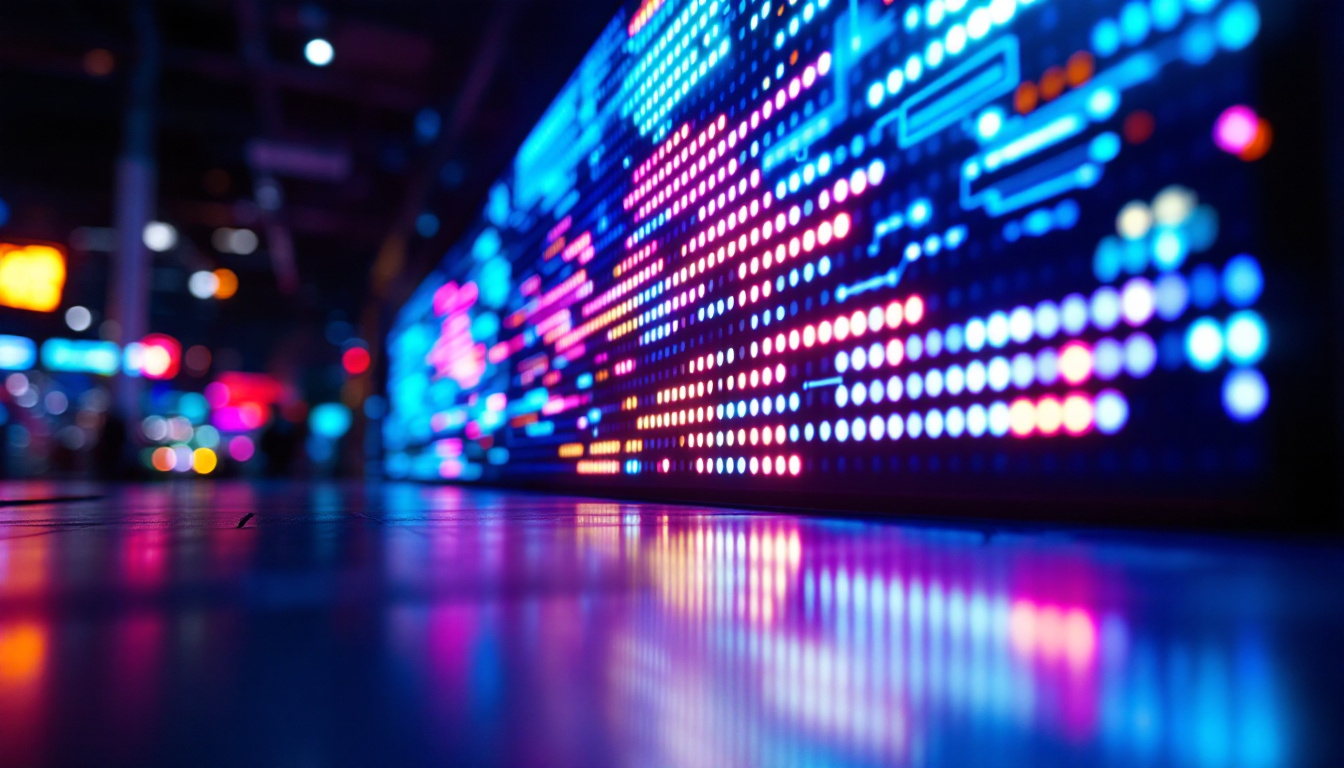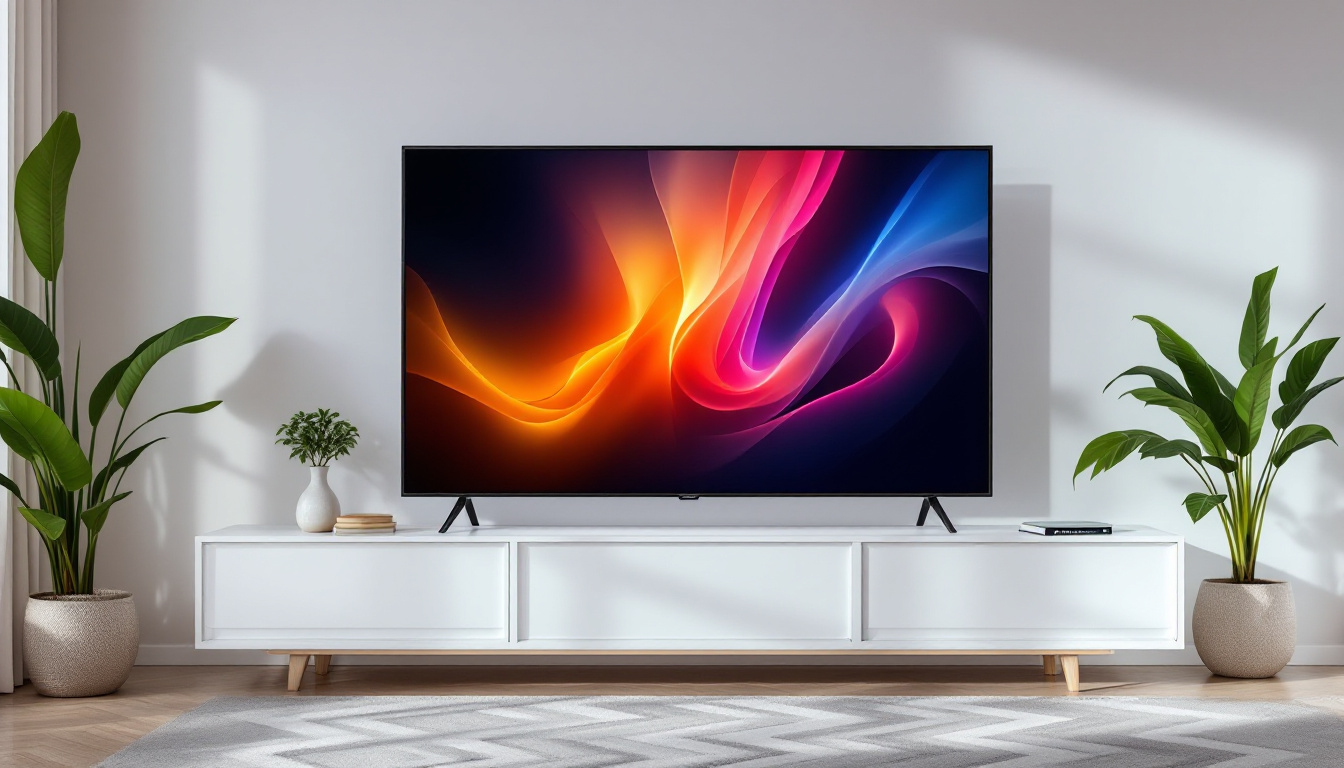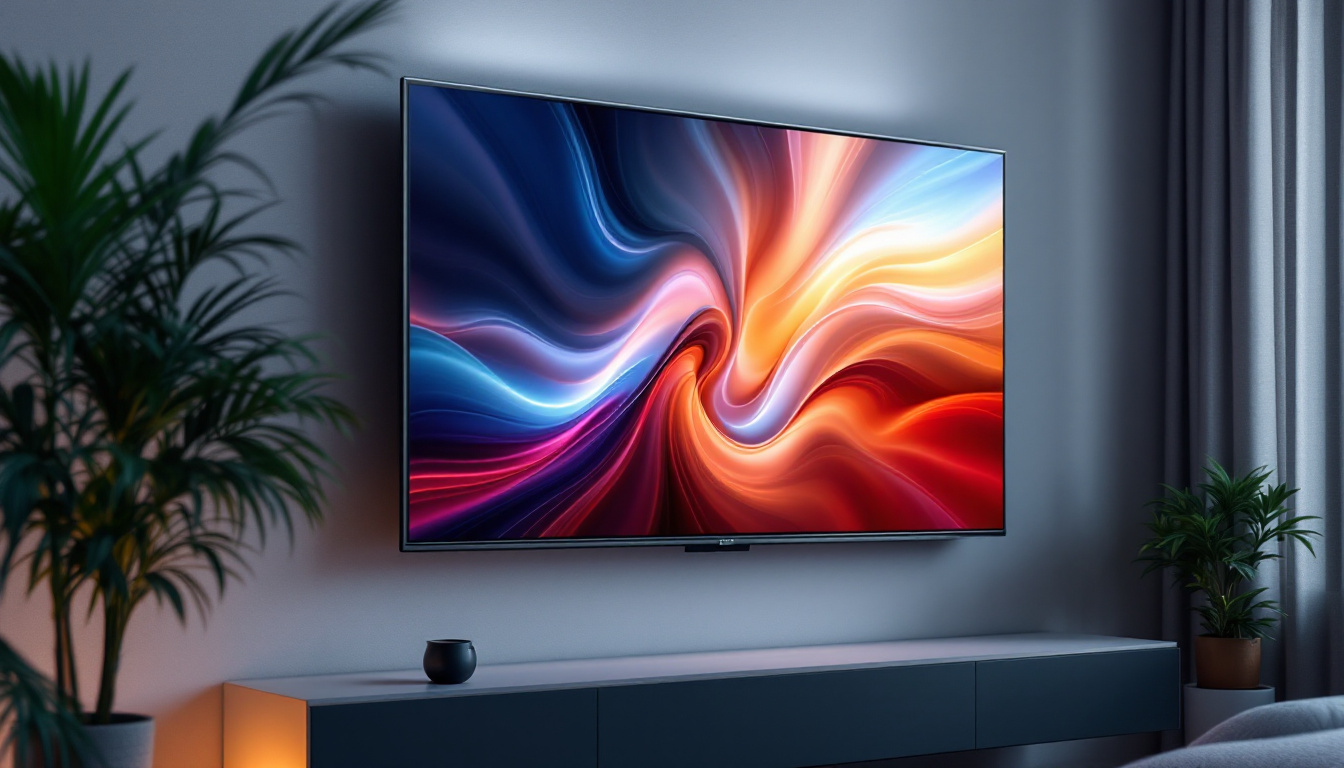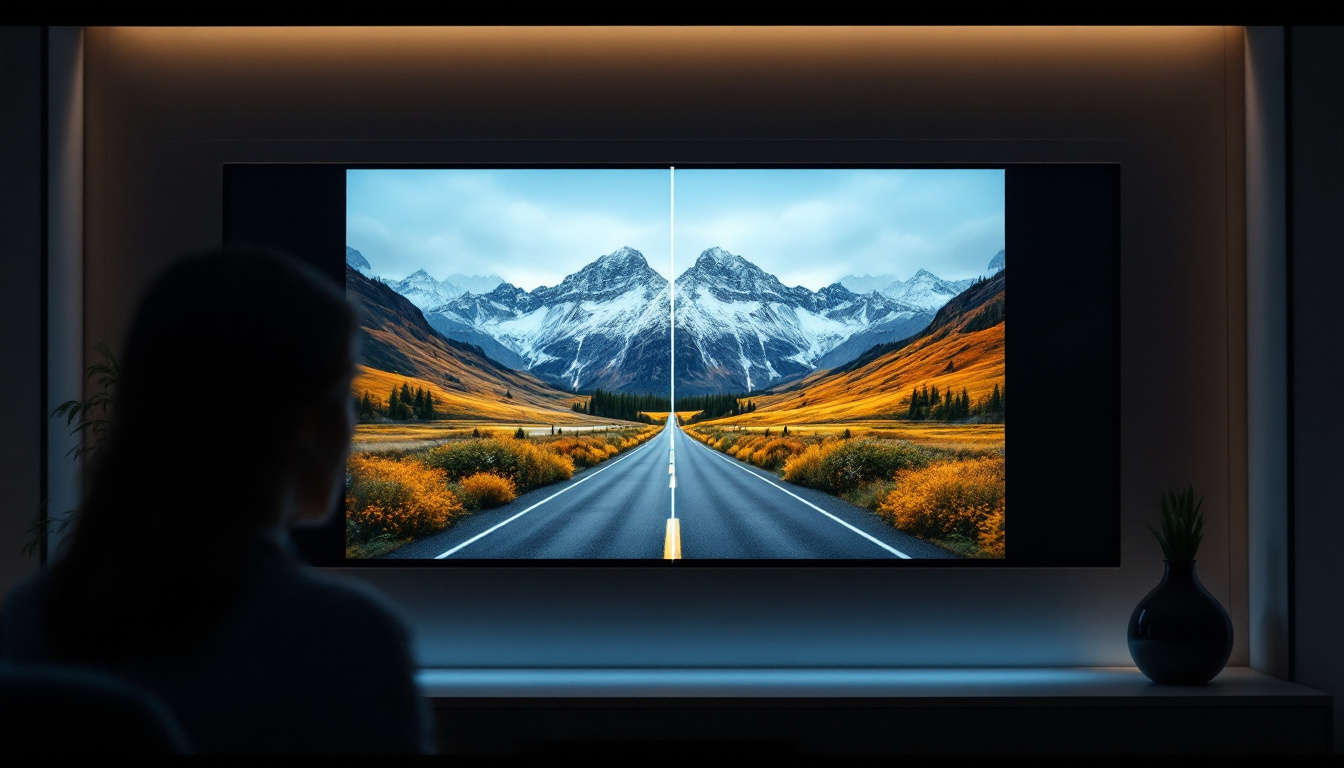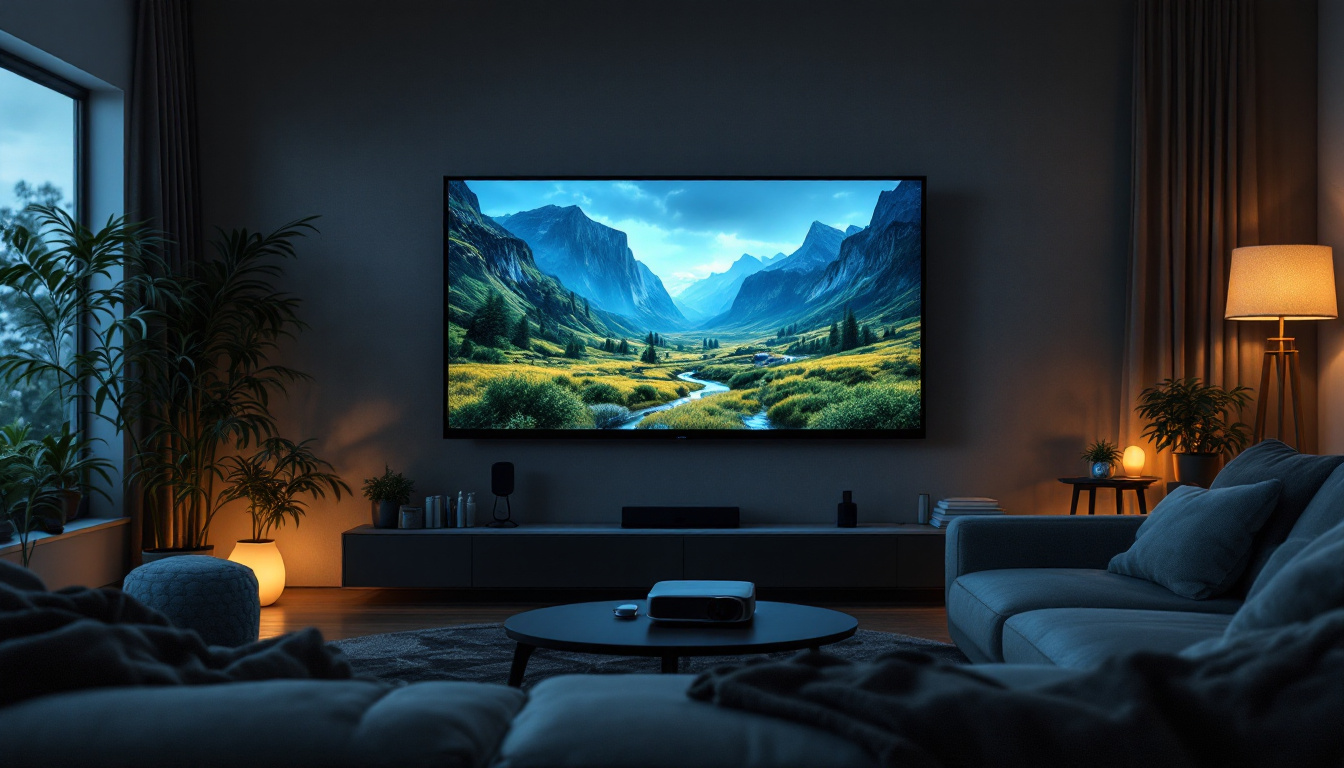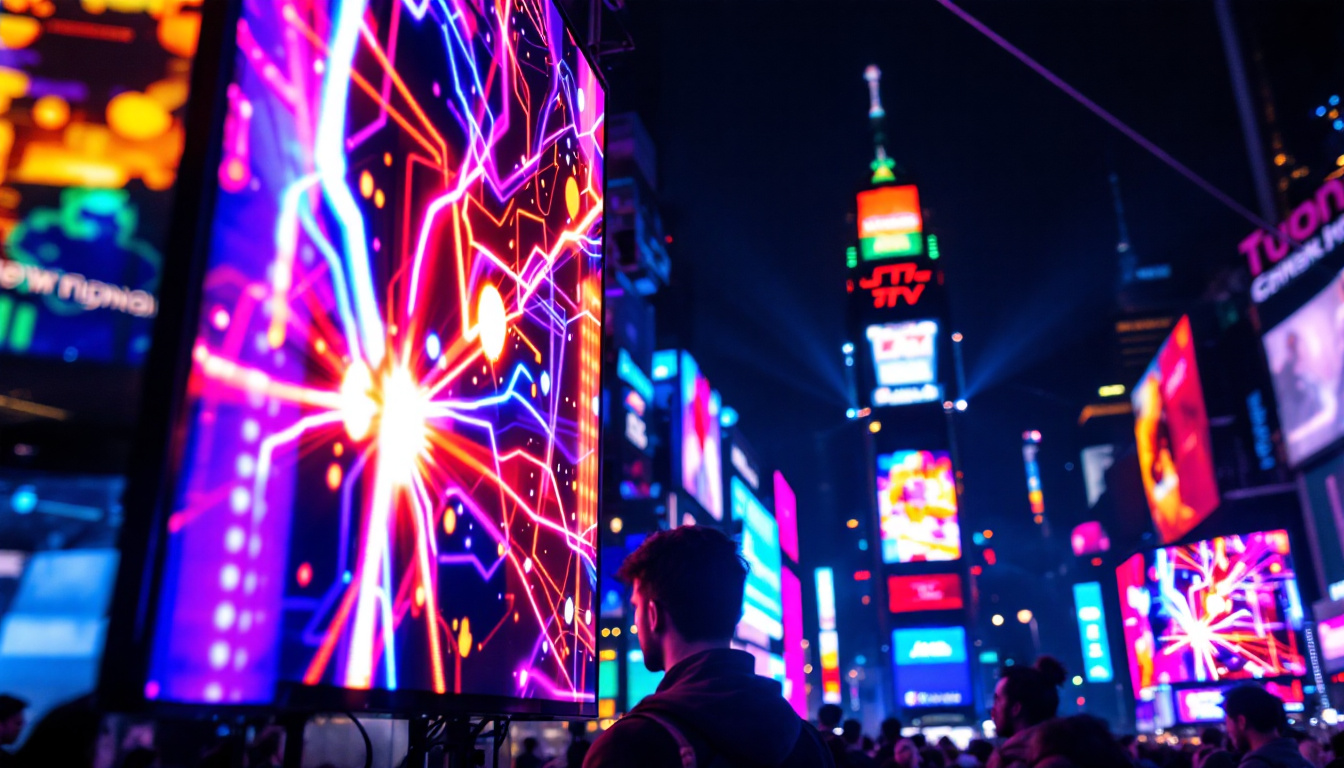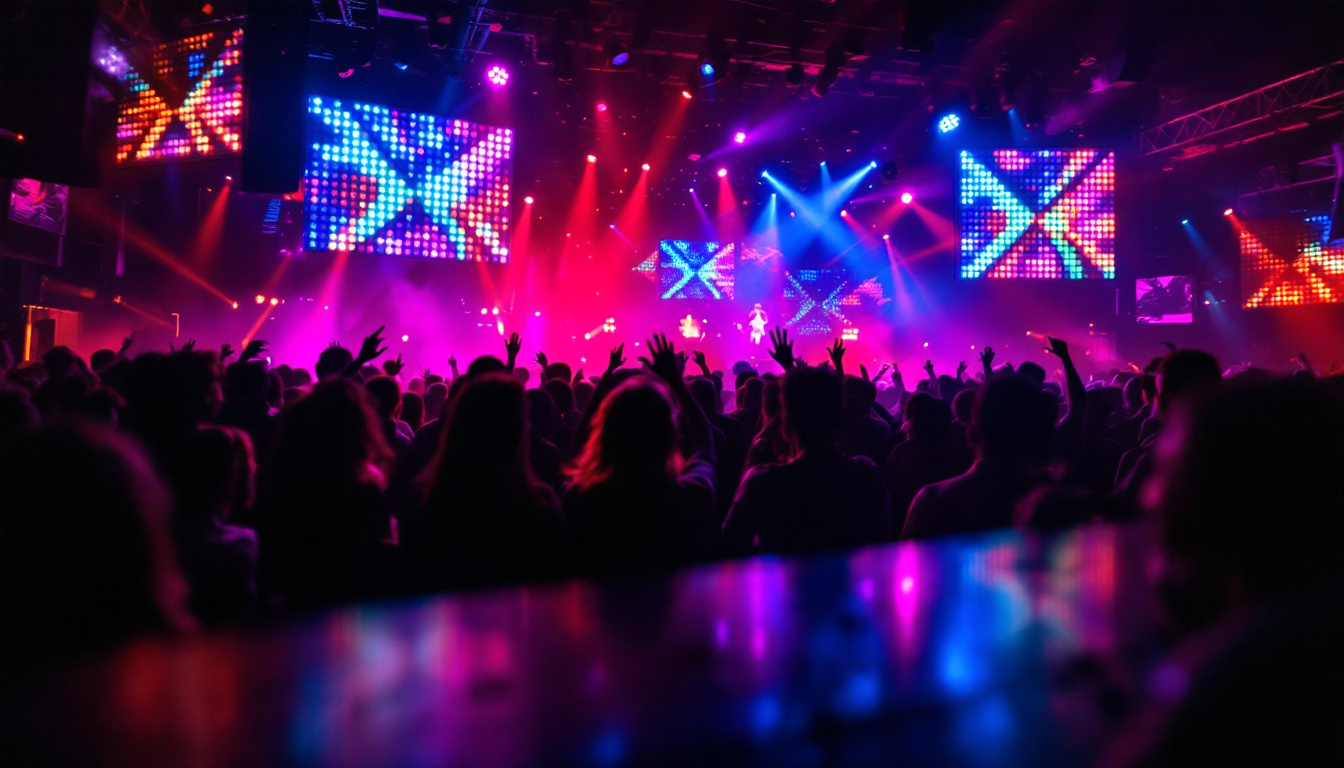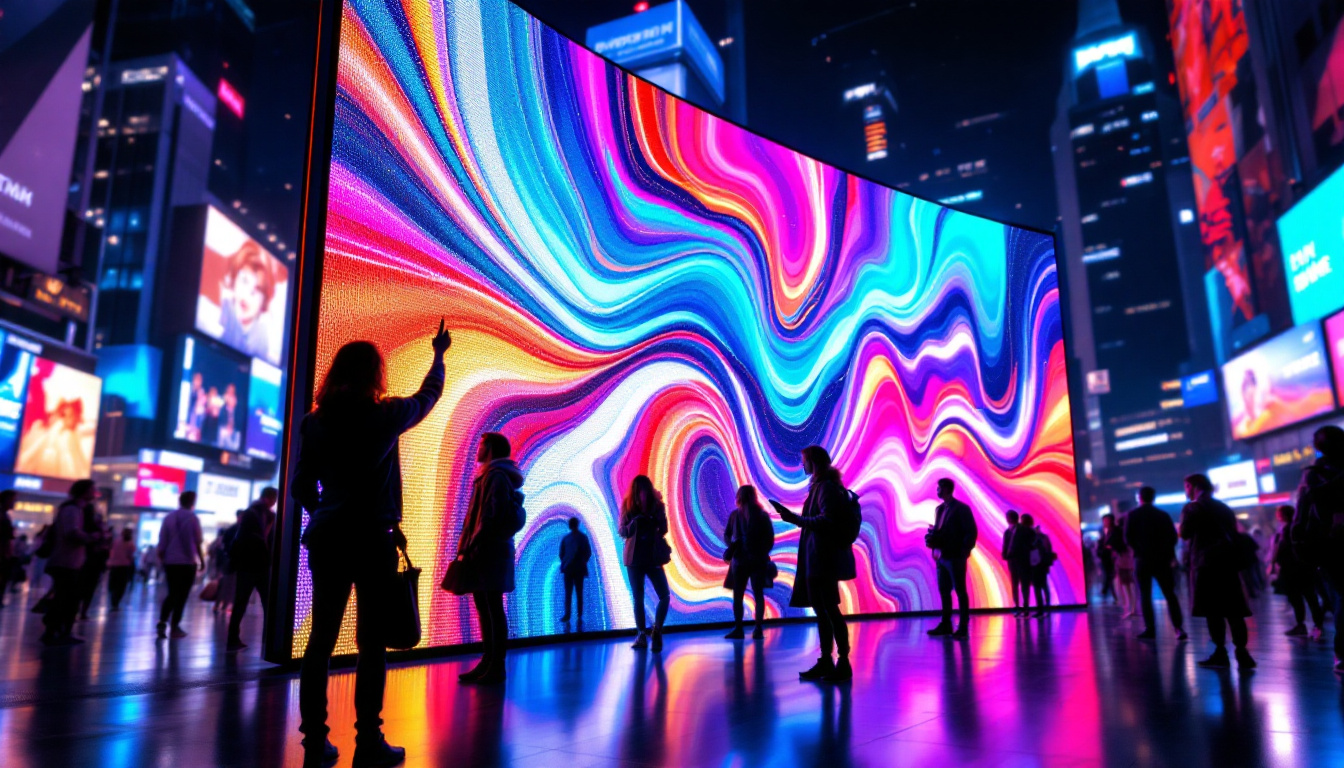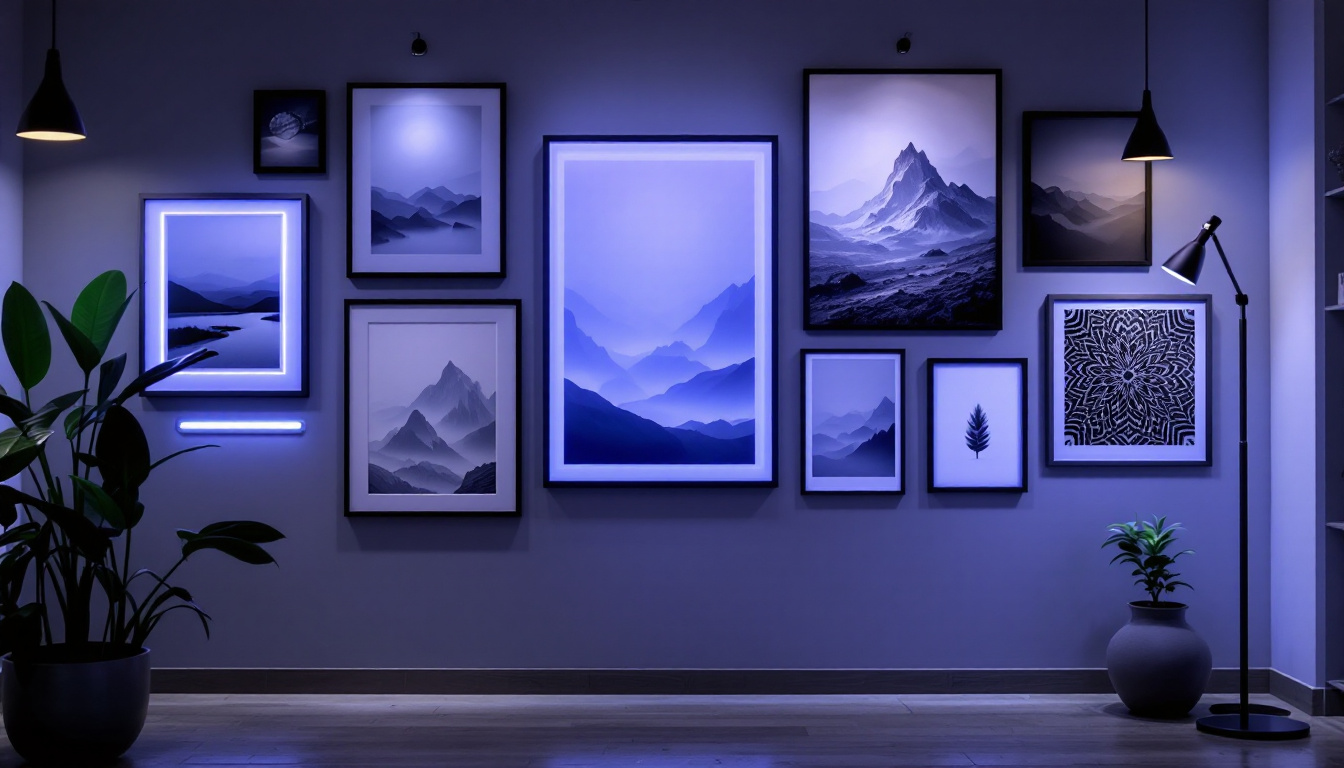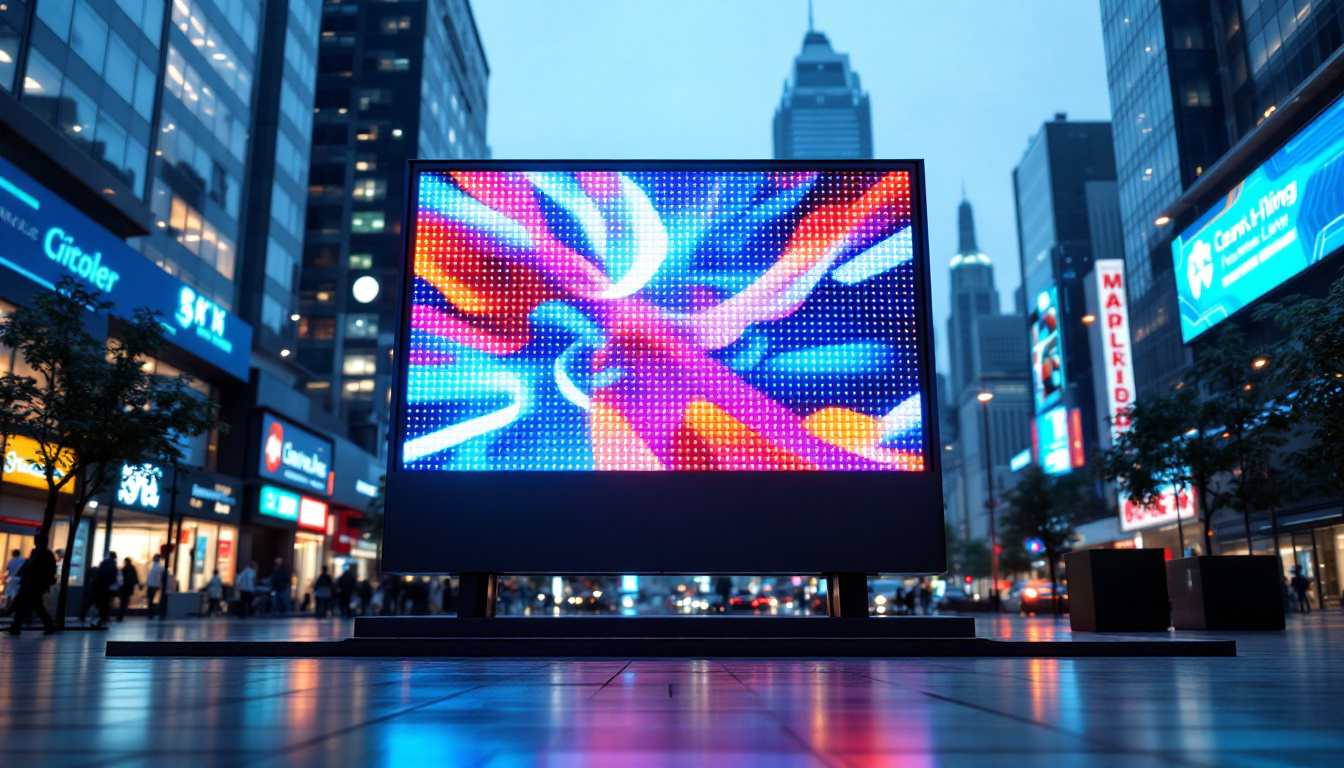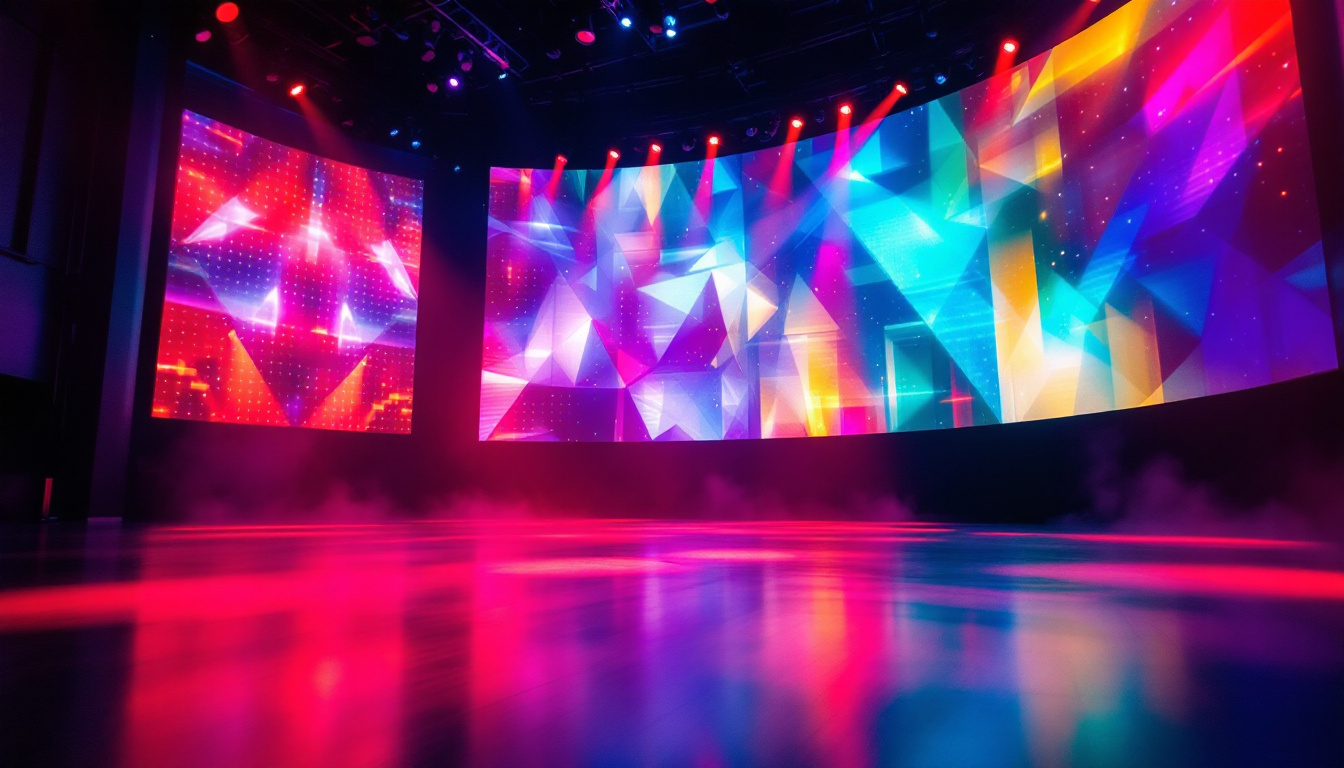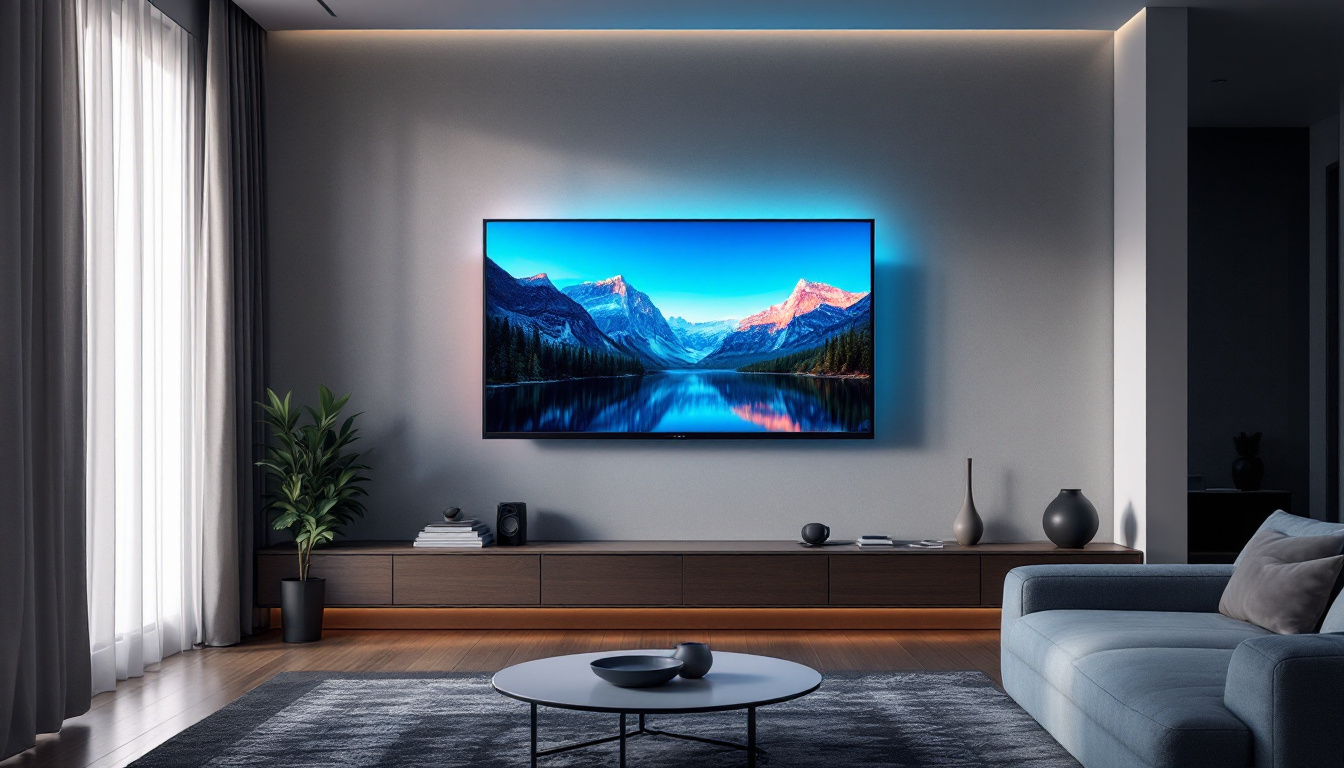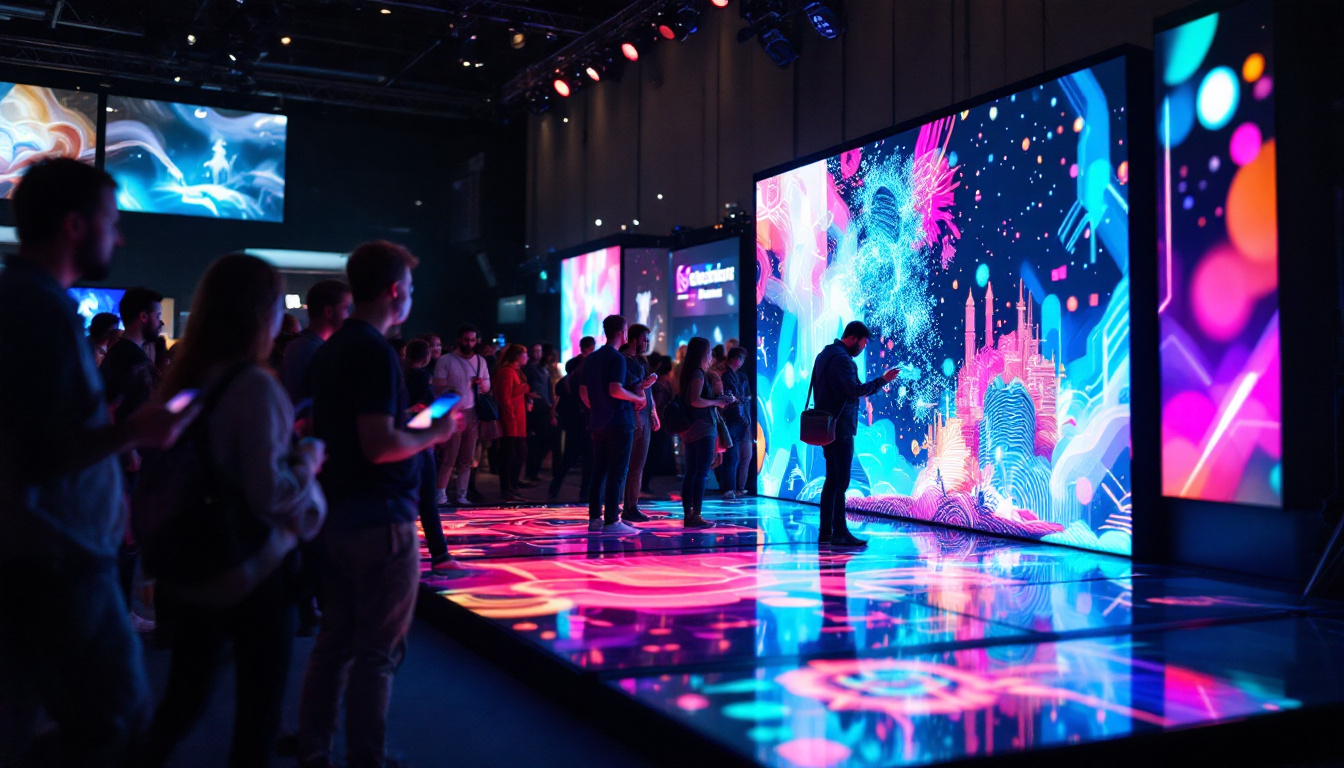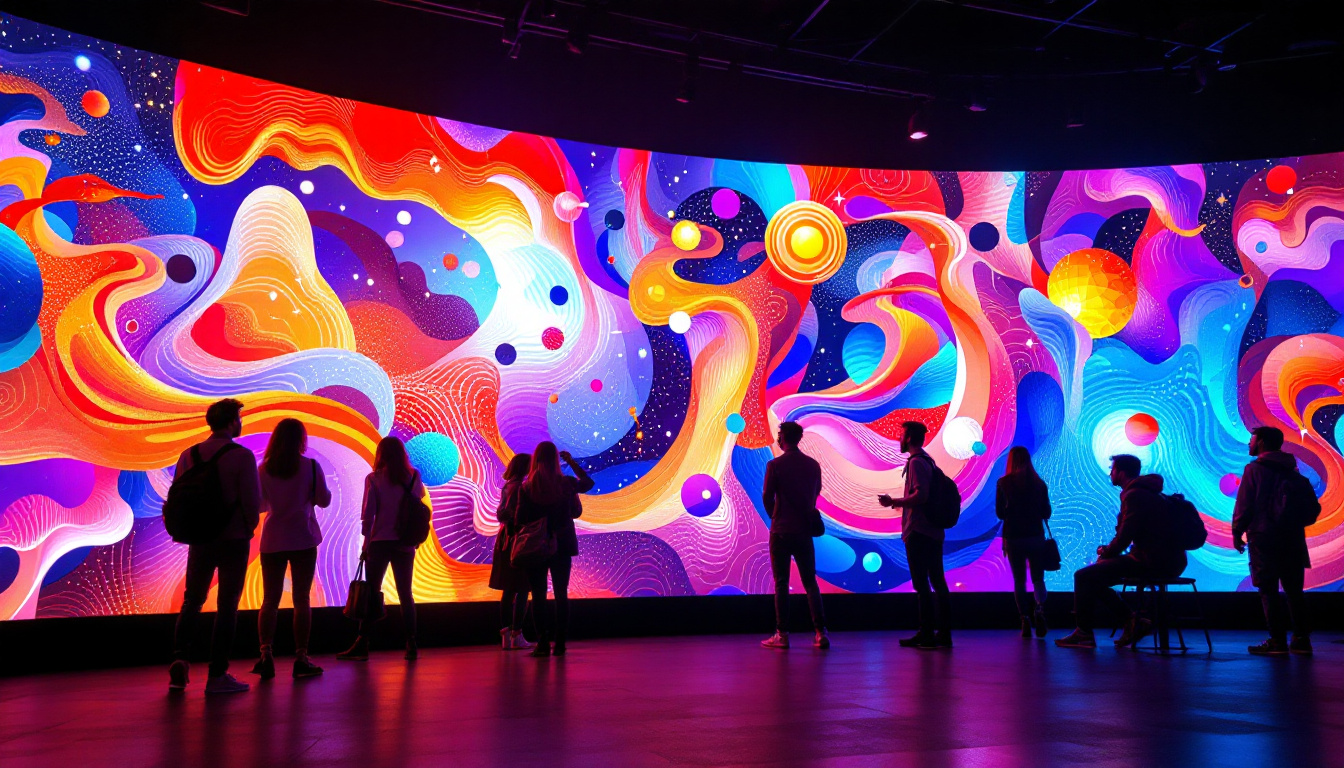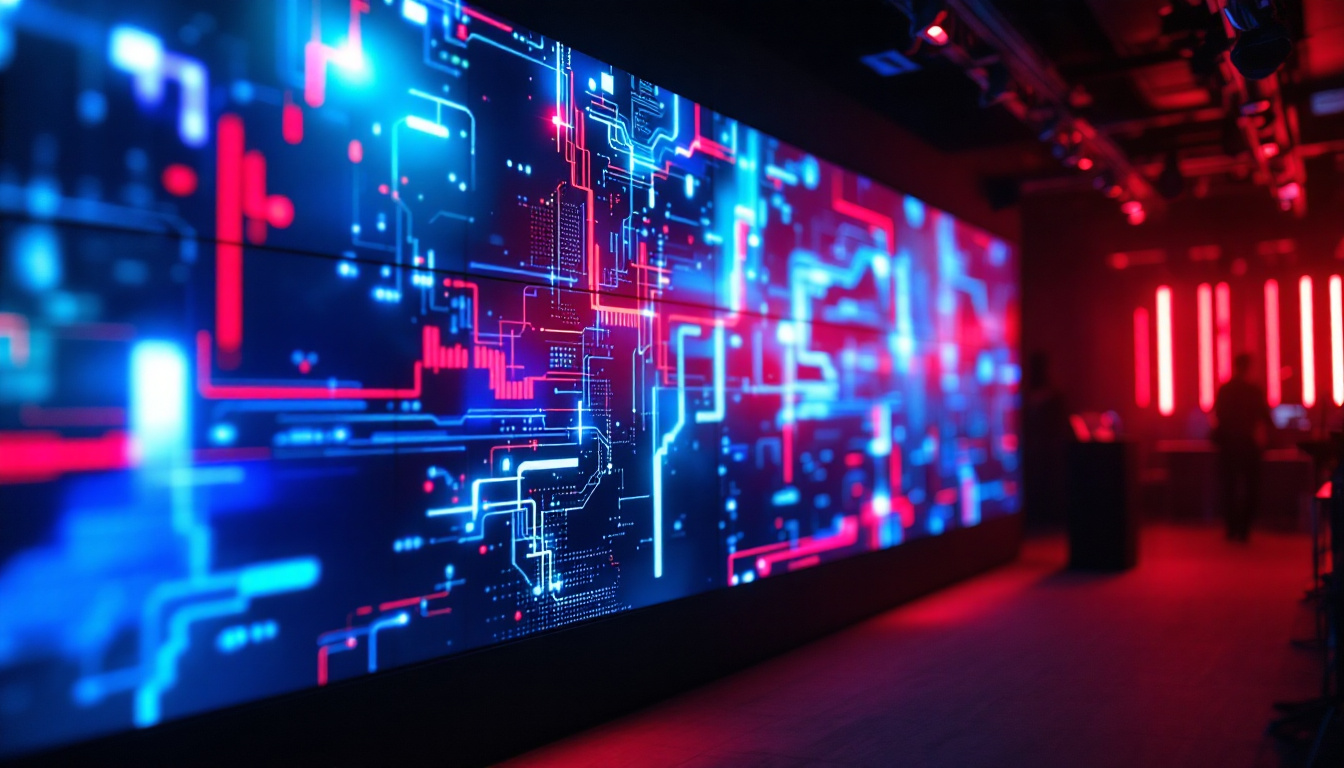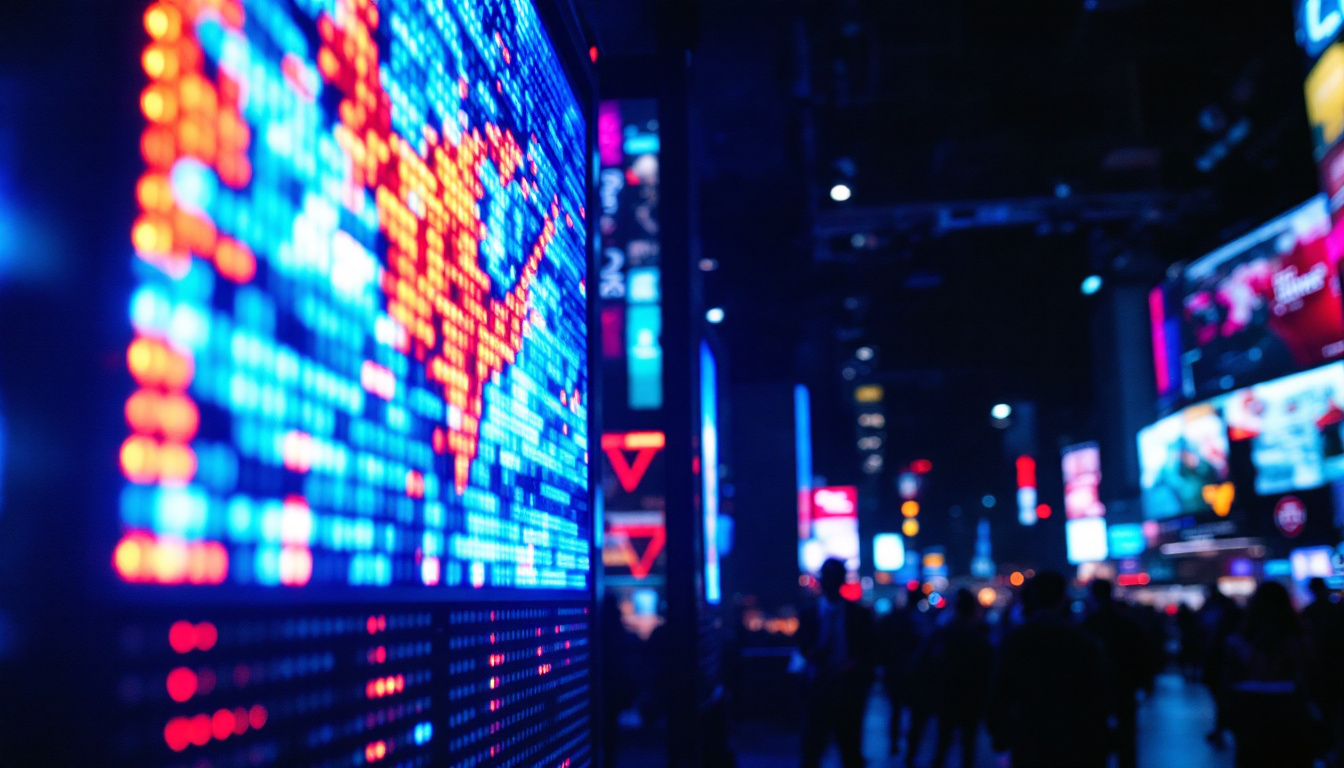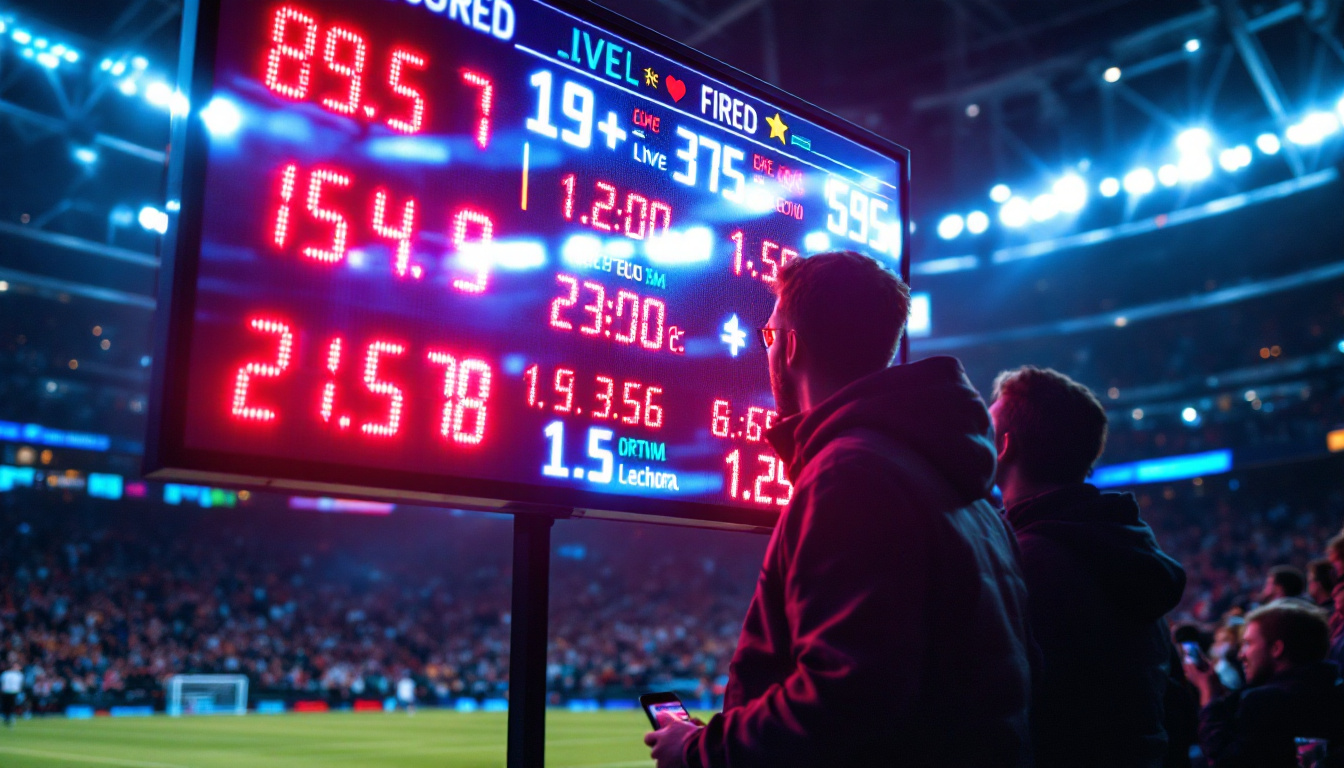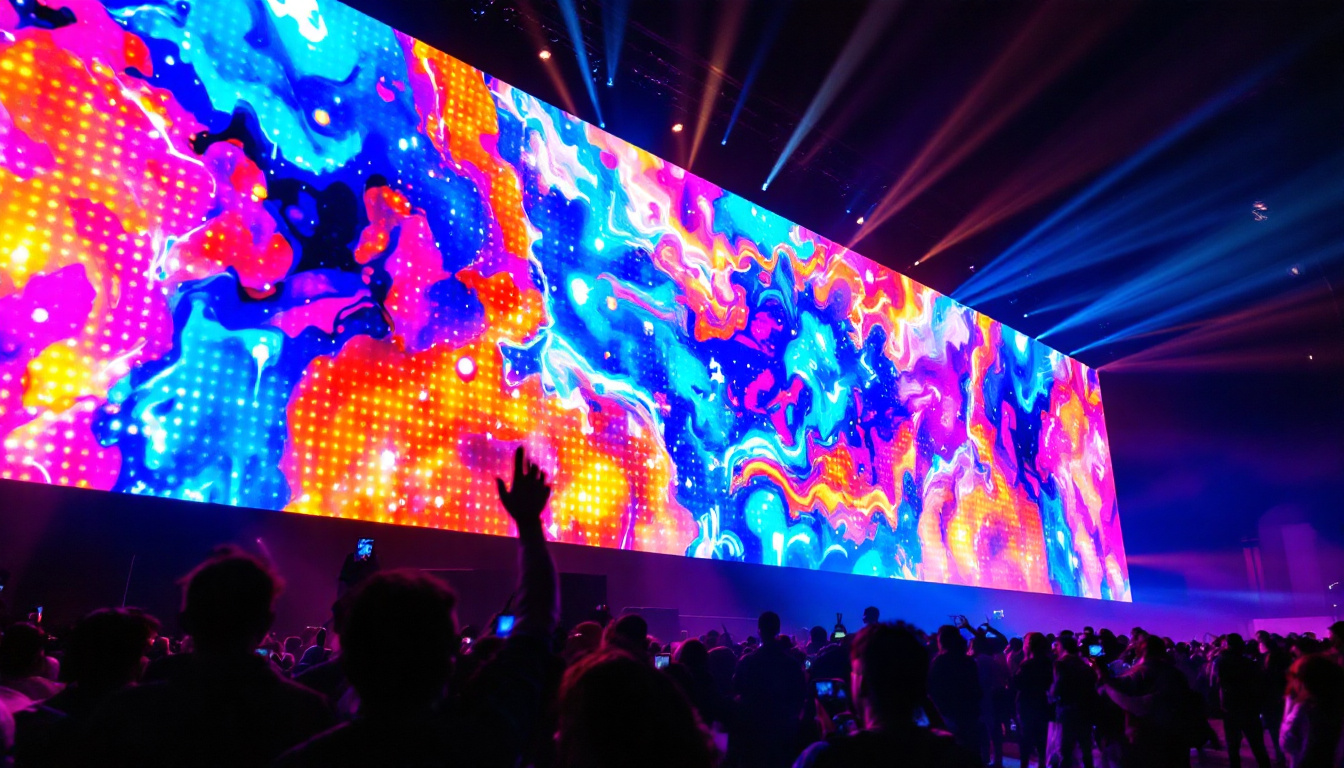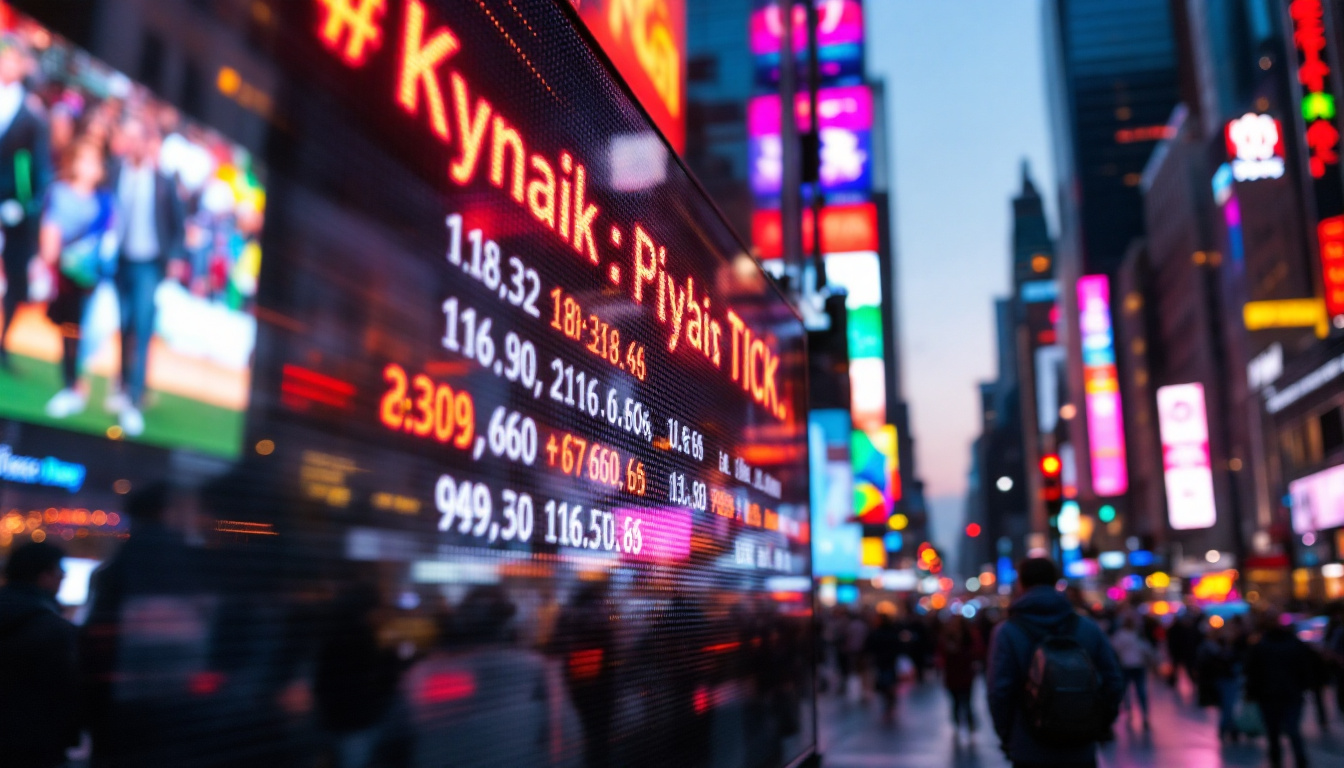In the ever-evolving world of electronics, LED displays have emerged as a prominent technology, revolutionizing how information is presented visually. From televisions and computer monitors to outdoor billboards and smartphones, LED displays are everywhere. This article delves into the intricacies of LED technology, its types, applications, and the advantages that make it a preferred choice across various industries.
Understanding LED Technology
LED, or Light Emitting Diode, is a semiconductor device that emits light when an electric current passes through it. Unlike traditional incandescent bulbs, which produce light through heat, LEDs are more energy-efficient and have a longer lifespan. This fundamental difference in operation is what sets LEDs apart and contributes to their widespread adoption. The efficiency of LEDs not only translates to lower energy bills for consumers but also has a significant impact on reducing greenhouse gas emissions, making them a more environmentally friendly lighting option.
The Science Behind LEDs
The basic structure of an LED consists of a chip made from a combination of materials, typically gallium, arsenide, or gallium phosphide. When electrons move through the semiconductor material, they recombine with electron holes, releasing energy in the form of photons. The color of the emitted light depends on the materials used in the semiconductor and the energy band gap of the material. This precise engineering allows for the creation of LEDs that can emit light in a spectrum that ranges from ultraviolet to infrared, expanding their applications beyond just visible lighting into areas like horticulture and medical therapies.
One of the key advantages of LEDs is their ability to produce a wide range of colors without the need for filters. By adjusting the composition of the semiconductor, manufacturers can create LEDs that emit light in various colors, from the warm glow of red to the cool brightness of blue and green. This versatility has made LEDs a popular choice not only in residential and commercial lighting but also in decorative and architectural applications, where mood and ambiance are crucial.
Types of LED Displays
LED displays come in various forms, each designed for specific applications. The most common types include:
- Direct View LED Displays: These displays consist of individual LED modules that form a larger screen. They are often used for large outdoor billboards and digital signage, providing bright and vibrant visuals that can be seen from great distances, even in direct sunlight.
- LED-backlit LCD Displays: These displays use LEDs to illuminate an LCD panel. They are commonly found in televisions and computer monitors, providing better contrast and color accuracy than traditional CCFL backlighting. The use of LED backlighting has also enabled thinner and lighter designs, enhancing the overall aesthetics of modern devices.
- Organic LED (OLED) Displays: OLED technology uses organic compounds to emit light. These displays offer superior color reproduction and contrast ratios, making them popular in high-end televisions and smartphones. Additionally, OLED panels can be made flexible, paving the way for innovative designs such as curved screens and foldable devices.
In recent years, advancements in LED technology have led to the development of smart lighting solutions that can be controlled via smartphones or home automation systems. These smart LEDs not only allow users to adjust brightness and color temperature but also enable features such as scheduling and remote access, further enhancing the convenience and efficiency of modern lighting systems. As the technology continues to evolve, we can expect even more innovative applications and improvements in energy efficiency, making LEDs an integral part of our everyday lives.
Applications of LED Displays
The versatility of LED displays allows them to be utilized in a wide array of applications. Their ability to deliver bright, vibrant images makes them ideal for both indoor and outdoor environments.
Advertising and Digital Signage
One of the most significant applications of LED displays is in advertising and digital signage. Businesses use large LED screens to capture the attention of passersby, displaying dynamic content that can be easily updated. This adaptability allows for real-time promotions, announcements, and event information, making LED displays a powerful marketing tool.
Outdoor LED billboards are particularly effective due to their brightness and visibility, even in direct sunlight. They can display high-resolution graphics and videos, creating eye-catching advertisements that enhance brand visibility.
Entertainment and Events
LED displays have become a staple in the entertainment industry, especially in concerts, sporting events, and festivals. Large LED screens are used to project live feeds, graphics, and animations, enhancing the audience’s experience. The ability to create stunning visual effects in real-time adds an extra layer of excitement to live performances.
Moreover, LED technology is also prevalent in theaters and cinemas, where it is used for both projection screens and stage lighting. The flexibility and brightness of LED lights contribute to creating immersive environments that captivate audiences.
Consumer Electronics
In the realm of consumer electronics, LED displays are ubiquitous. From smartphones to televisions, the demand for high-quality displays has driven advancements in LED technology. Modern televisions often feature LED-backlit LCD or OLED screens, providing exceptional picture quality and energy efficiency.
Smartphones, too, have embraced LED technology, with many high-end models using OLED displays to deliver vibrant colors and deep blacks. This has transformed the way users interact with their devices, enhancing everything from gaming to video streaming.
Advantages of LED Displays
LED displays offer numerous advantages that contribute to their popularity across various sectors. Understanding these benefits can help consumers and businesses make informed decisions when choosing display technologies.
Energy Efficiency
One of the most significant advantages of LED displays is their energy efficiency. LEDs consume significantly less power compared to traditional display technologies, such as incandescent and fluorescent lights. This reduced energy consumption not only lowers electricity bills but also contributes to a smaller carbon footprint, making LED displays an environmentally friendly choice.
Furthermore, the longevity of LEDs—often exceeding 50,000 hours—means less frequent replacements, further reducing waste and maintenance costs. This durability is particularly beneficial for large installations, such as outdoor billboards, where maintenance can be challenging and costly.
High Brightness and Visibility
LED displays are known for their high brightness levels, making them suitable for various lighting conditions. Whether in bright sunlight or dimly lit environments, LED displays maintain excellent visibility, ensuring that content is easily readable. This characteristic is particularly important for outdoor signage, where competing with natural light is essential for effective communication.
Additionally, the wide viewing angles of LED displays allow for clear visibility from different perspectives, making them ideal for public spaces and large audiences.
Versatility and Customization
LED technology is highly versatile, allowing for various display sizes, shapes, and configurations. This adaptability enables businesses to create custom solutions tailored to their specific needs. Whether it’s a massive outdoor billboard or a sleek indoor display, LED technology can be molded to fit any design requirement.
Moreover, advancements in LED technology have led to the development of flexible displays that can be curved or shaped to fit unique environments. This opens up new possibilities for creative installations in retail, architecture, and art.
Challenges and Considerations
While LED displays offer numerous benefits, there are also challenges and considerations that consumers and businesses should be aware of. Understanding these factors can help in making informed decisions regarding LED technology.
Initial Cost
The initial investment for LED displays can be higher than traditional display technologies. Although the long-term savings in energy costs and maintenance can offset this initial expense, businesses need to consider their budget and return on investment when selecting display solutions.
However, as technology advances and production processes improve, the costs of LED displays have been gradually decreasing, making them more accessible to a broader range of consumers and businesses.
Heat Management
LED displays generate heat during operation, which can affect performance and longevity if not properly managed. Adequate heat dissipation mechanisms, such as heat sinks and cooling systems, are essential to ensure optimal performance and prevent overheating.
In outdoor applications, exposure to extreme temperatures can also impact the display’s functionality. Manufacturers often design LED displays with weather-resistant features to mitigate these issues, but it is crucial to consider the operating environment when selecting a display.
Color Calibration and Consistency
Maintaining color accuracy and consistency across LED displays can be challenging, especially in large installations where multiple panels are used. Variations in brightness and color temperature can lead to an uneven appearance, detracting from the overall visual experience.
To address this issue, regular calibration and adjustment of the displays are necessary. Many manufacturers provide software tools to facilitate this process, ensuring that the displays maintain consistent color and brightness levels over time.
The Future of LED Displays
The future of LED displays looks promising, with ongoing advancements in technology and applications. As industries continue to explore innovative ways to utilize LED technology, several trends are emerging.
MicroLED Technology
MicroLED technology represents the next frontier in display technology, offering even smaller individual LED elements that can create high-resolution images with exceptional brightness and color accuracy. This technology has the potential to revolutionize everything from televisions to wearable devices, providing users with unparalleled viewing experiences.
MicroLED displays are also inherently modular, allowing for customizable sizes and shapes, which could lead to new applications in various fields, including augmented reality and virtual reality.
Integration with Smart Technologies
As the world becomes increasingly interconnected, the integration of LED displays with smart technologies is becoming more prevalent. Smart displays can connect to the Internet, enabling real-time updates, remote management, and interactive features.
This integration opens up exciting possibilities for businesses, allowing for personalized advertising, dynamic content delivery, and enhanced user engagement. Smart LED displays can also collect data on viewer interactions, providing valuable insights for businesses seeking to optimize their marketing strategies.
Sustainability Initiatives
With growing awareness of environmental issues, the demand for sustainable technologies is on the rise. LED manufacturers are increasingly focusing on eco-friendly practices, such as using recyclable materials and reducing energy consumption during production.
As sustainability becomes a priority for consumers and businesses alike, LED displays are well-positioned to meet these demands, offering energy-efficient solutions that align with environmental goals.
Conclusion
LED displays have transformed the way information is presented, offering numerous advantages that make them a preferred choice in various applications. From advertising and entertainment to consumer electronics, the versatility and efficiency of LED technology are undeniable.
While there are challenges to consider, ongoing advancements in LED technology promise a bright future. As industries continue to innovate and explore new applications, LED displays will remain at the forefront of visual communication, shaping the way we interact with information in the years to come.
Discover LumenMatrix’s Innovative LED Solutions
As you consider the future of visual communication and the role LED displays play in it, we invite you to explore the advanced solutions offered by LumenMatrix. With a commitment to innovation and quality, LumenMatrix provides a wide range of LED display modules, from vibrant Indoor and Outdoor LED Wall Displays to dynamic Vehicle and Sports LED Displays. Whether you’re looking to create an immersive environment with a Floor LED Display, make a bold statement with a Custom LED Display, or seek the versatility of an All-in-One LED Display, LumenMatrix has the technology to bring your vision to life. Experience the clarity and impact of LED Transparent Displays and see how LumenMatrix is revolutionizing visual engagement. Check out LumenMatrix LED Display Solutions and elevate your brand’s presence in the digital age.

